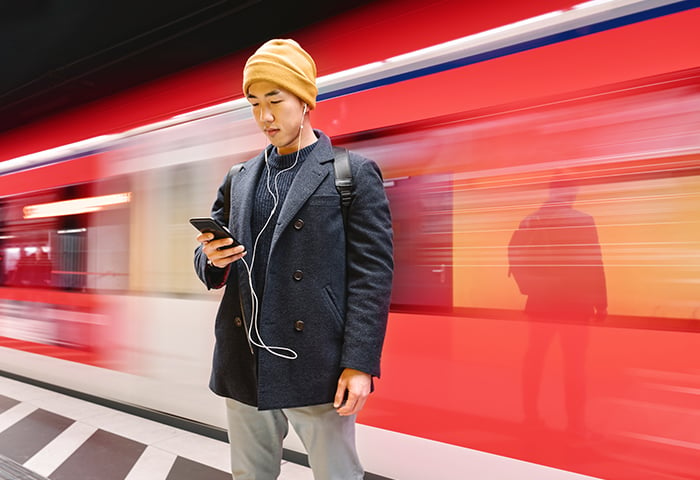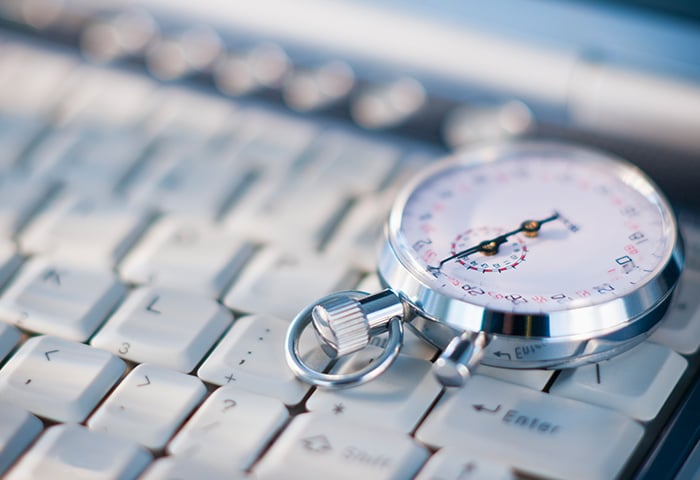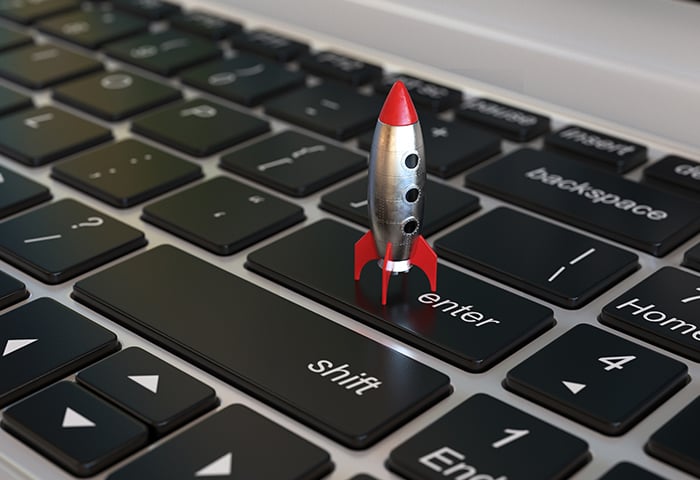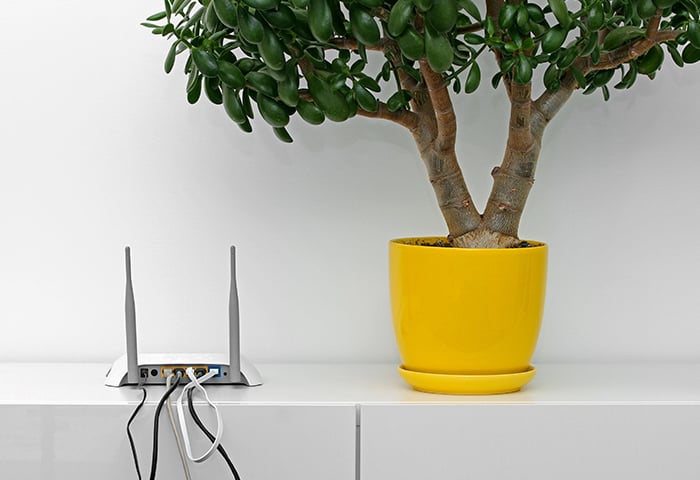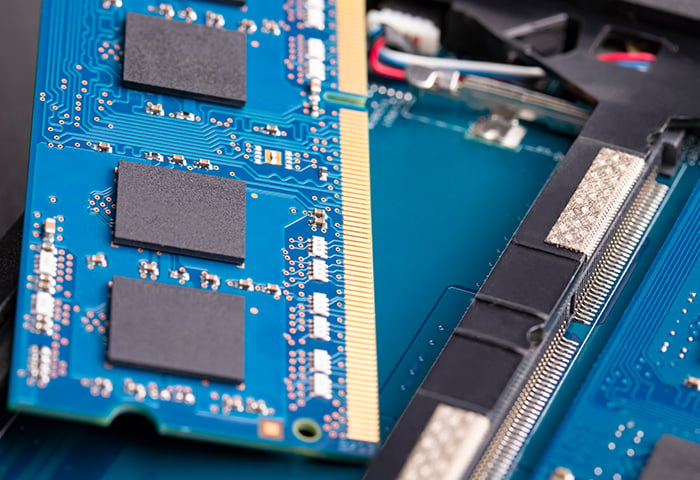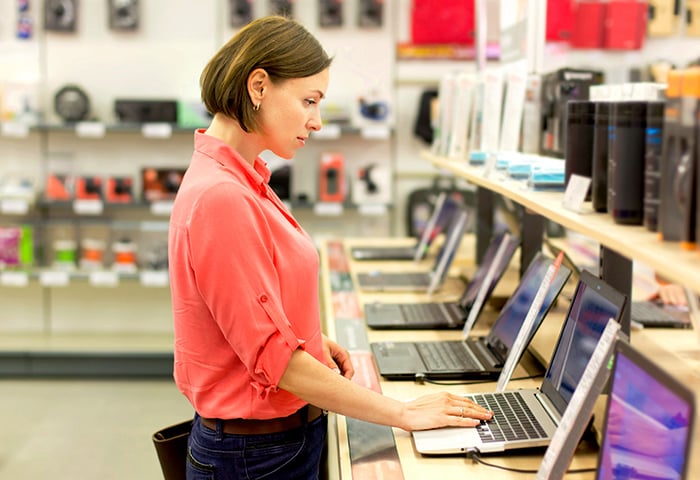The more weight you add to your car, the longer it takes to go from 0 to 60 mph. This is also true in the digital world — the more programs you install on a PC, the more digital weight it has to carry, and the slower it becomes. It’s not Windows; it’s not you “wearing out your PC” by using it. It’s all those programs, trial versions, games, toolbars, widgets, and what notes you download and install over time.
More digital baggage means less performance
Windows by itself does a poor job of alerting users to digital baggage and its related issues. It does not tell users which rarely-used programs to get rid of. It is usually long after problems arise that people start asking themselves “Why is my PC so slow?” or yell out “My Windows has just crashed again!”
So let’s start with the first misconception about PC slowdowns: Many people think that by putting something on your PC hard disk, it’ll magically slow down anything you do.
Well, not really.
Installing a program on your computer, in many cases, means that it occupies some space on your hard disk. On its own this rarely has much impact given today’s huge hard disks. For example, iTunes takes up 188 Megabytes on my hard disk (just the program, no music). Even a heavyweight like PhotoShop takes up just 1.8 GByte on my drive. Given I have a 512 GB drive, that’s less than a half-percent of my space. So not really an issue. Plus, these programs just “sit” there on your hard disk and wait for you to launch and use them.
How do those digital bags get so full?
So let’s get to the real issue: many programs like iTunes or PhotoShop install software components that run every time your computer is turned on. These include:
-
Services: Connected to the application, these provide basic functionality, like keeping products up to date. For example, Adobe Reader installs an Adobe Updater that frequently checks for updates. If you own an NVIDIA graphics chips, it installs the NVIDIA Streaming Service that allows you to stream games to other computers in your home network. Neat functionality? You bet! Should it run in the background all the time? NO!
And it’s not the only offender. Here’s a small list of active services on my well-kept PC: 
-
Scheduled tasks: These are usually performed by background applications, which come with Windows or other software you install. However, these tasks are mostly used to perform actions at specific times or in certain situations. For example, the Dropbox app on your PC uses a scheduled task to checks for updates every day at 5:50pm local time.
-
Startup items: These are additional programs that launch every time you turn on your PC. But while services and scheduled tasks run mostly hidden in the background, startup items tend to be more “visible”, as they appear in your systems tray: 
Popular examples include Skype, DropBox, OneDrive, OneNote, and antivirus programs. They show up in your task bar and usually allow you to quickly access a program or some setting.
On their own, none of these services, tasks, or startup items slows down your PC to any significant degree. But the cumulative effect of adding more and more items can be a serious detriment to performance. You’ll be facing:
-
Less memory for active processes -> your PC becomes sluggish!
-
Higher stress leading to more heat and energy consumption -> your PC runs slower to prevent overheating and your laptop runs out of battery sooner.
-
Windows® slows down as it focuses on background tasks and not what you’re doing.
Soooooo sloooooow
In an experiment I recently performed, I installed a large basket of applications on both an older and a newer PC. The results were staggering. Both devices suffered from the additional weight. Here’s an excerpt:
-
Asus Zen ultrabook from 2015: Startup time went from a blazing fast 9 seconds to 39 seconds.
-
On an HP Spectre x360 ultrabook, the game Grand Theft Auto V dropped to a sluggish 25 pictures (frames) per second instead of 30.
-
On an aging Sony Vaio laptop from 2011, the speed testing program PCMark (see my benchmarking post) , which tests performance in Office and Multimedia applications, showed a significant slowdown: The PCMark score was at 2196 points in a clean state and only 901 points under loads. Less than half the performance.
But even on the highest high-end PCs, I was surprised to see the impact the basket of apps had on speed, temperature, and battery life. When loading up the game Alienware Area 52 R2 on a gaming PC and on a fully configured Microsoft Surface Book, the effect was pronounced:
The figure on the left shows results that the additional weight added 15% to the time needed to apply filter effects to a photo, according to PCMark’s testing tool. Doesn’t seem like much, for a single task, right? But apply that slowdown to everything you do on a daily basis and you’re looking at a major productivity hog. The middle graph shows that temperature went from an average of 29°C in idle to 35°C, according to SiSoft Sandra, a complex diagnostic application. That’s due to the nonstop activity, as the processor and hard disks never really went to sleep, as they were constantly busy. This stresses the hardware unnecessarily. The figure on the right shows how battery life – due to the increased activity – plunged from 310 minutes to 240 minutes, according to the PCMark tool. That’s more than an hour!
Ok I get it – what can I do about it?
Luckily, there are a few things you can do to fix this issue. The overriding theme: prevention is the best cure! With that in mind:
-
Think before you install. Before you install any piece of software, think long and hard if you actually need it or plan to use it regularly. If you just need it once, remember to uninstall it.
-
Embrace the life-changing magic of tidying up. Go through the list of all your installed programs and decide which ones you still need. If they don’t bring you joy – out they go!
-
Reduce the number of start-up apps. Be sure that only the most necessary startup applications are loaded automatically when you turn your PC on. For more on this, check out our post on how to actually boost startup times on your PC.
-
Back it up! I frequently create full system backups after I clean-installed and configured my PC. If anything goes wrong, I can always go back to a previous state. (I’ll show you how this works in a later post!)
Last but not least, keep checking out our Performance section on AVG Signal for articles on how to boost speed, get more from batteries, and keep your PC purring like a kitten – or check out our Ultimate Guide to speeding up and cleaning up your PC.




